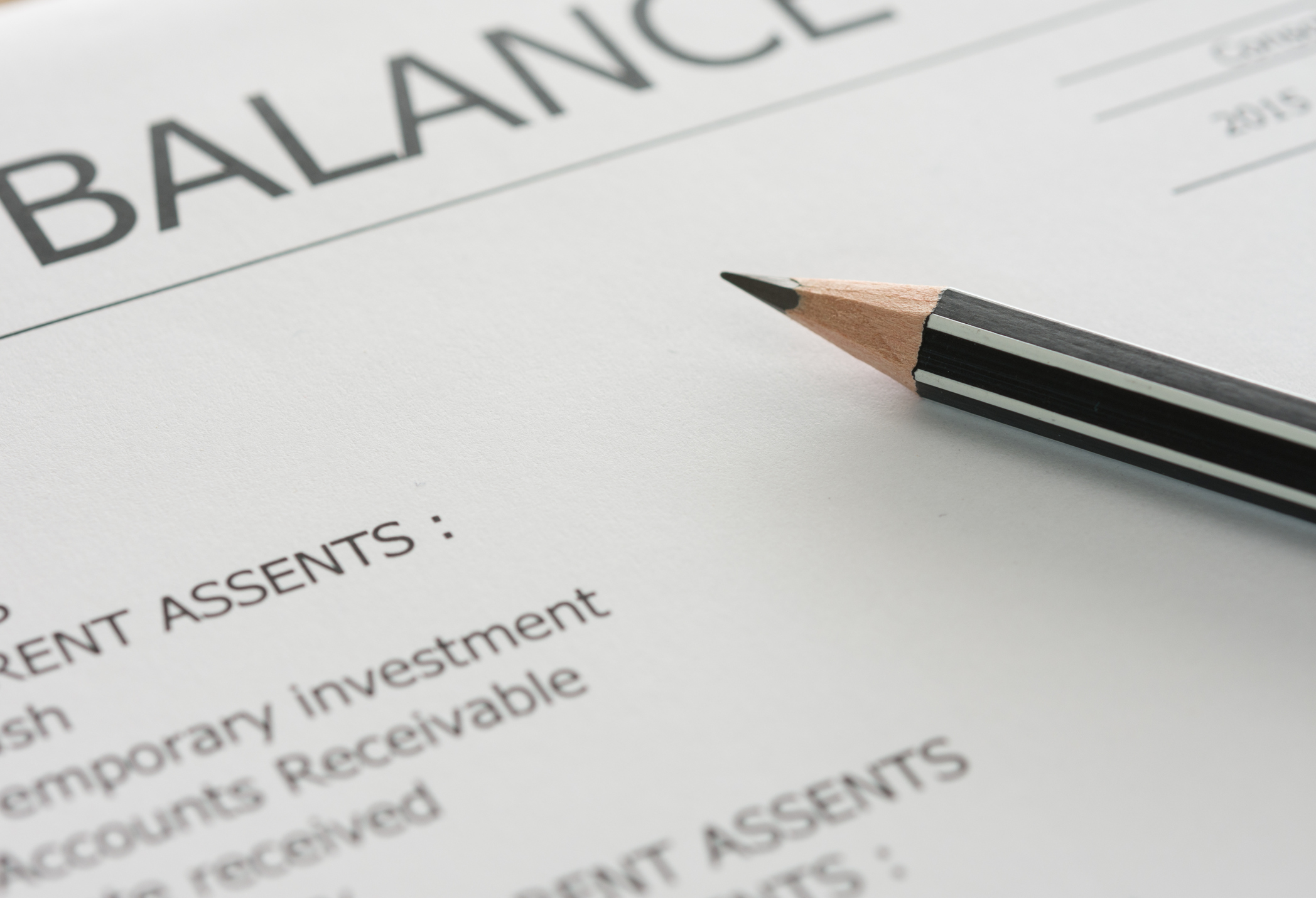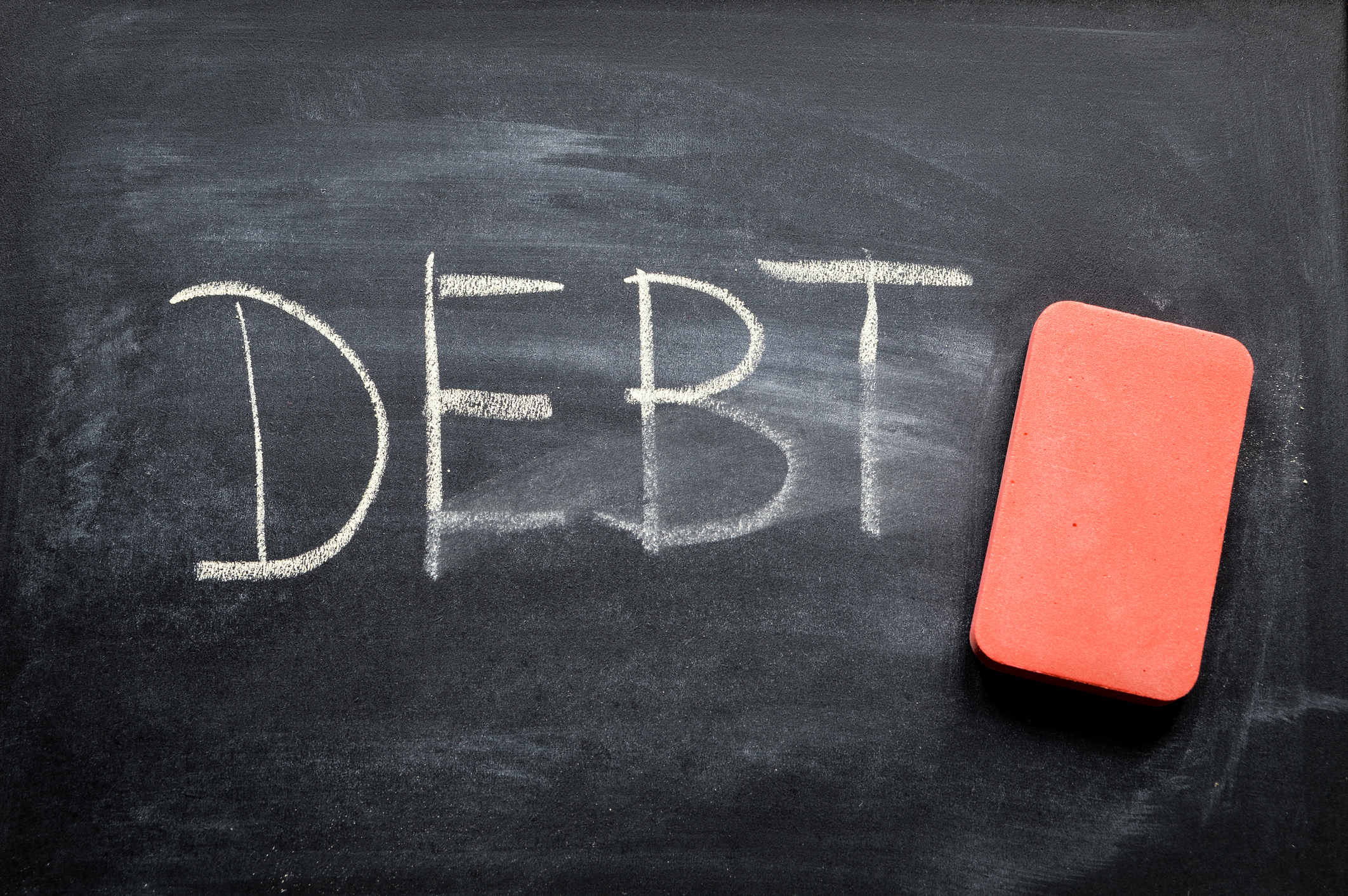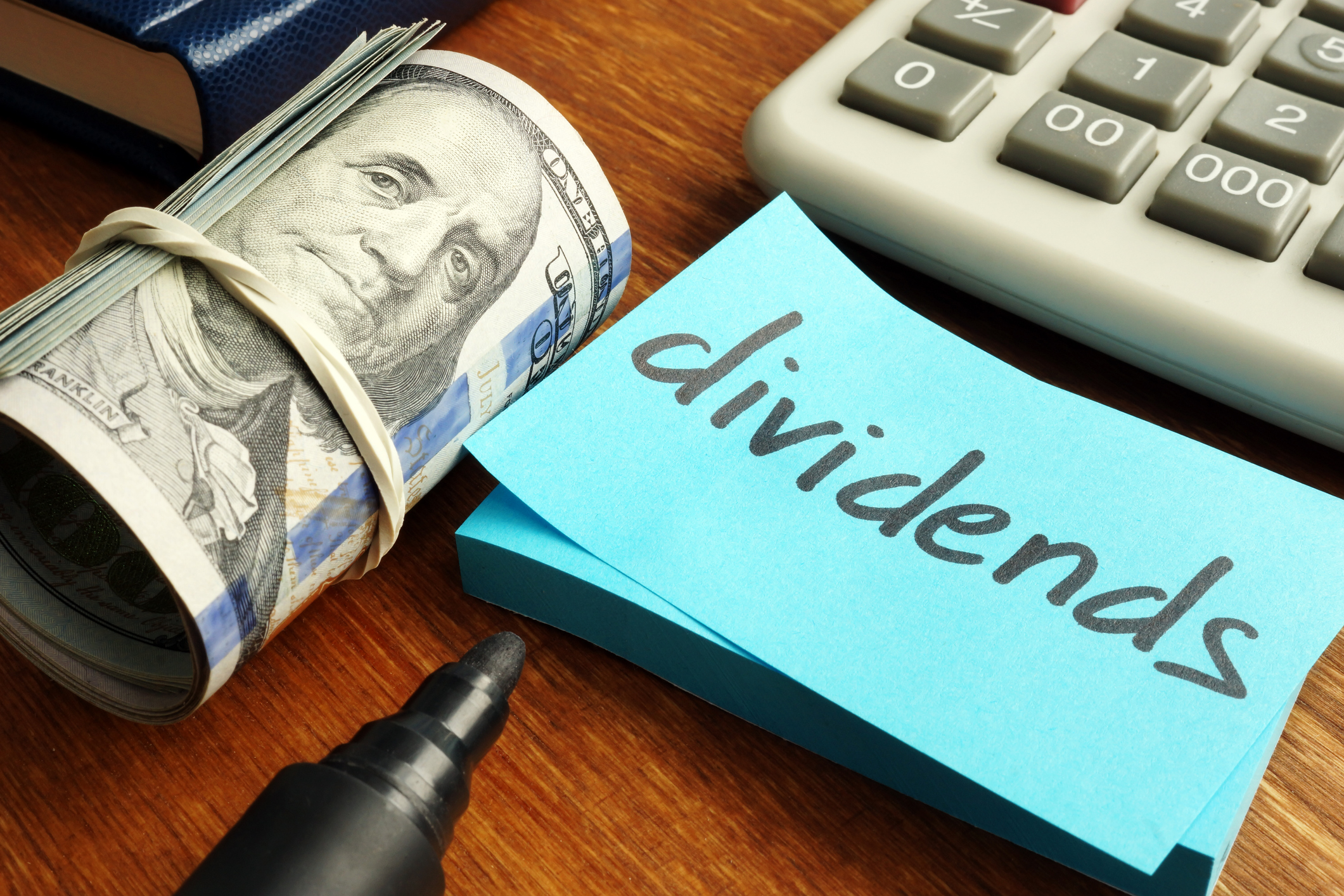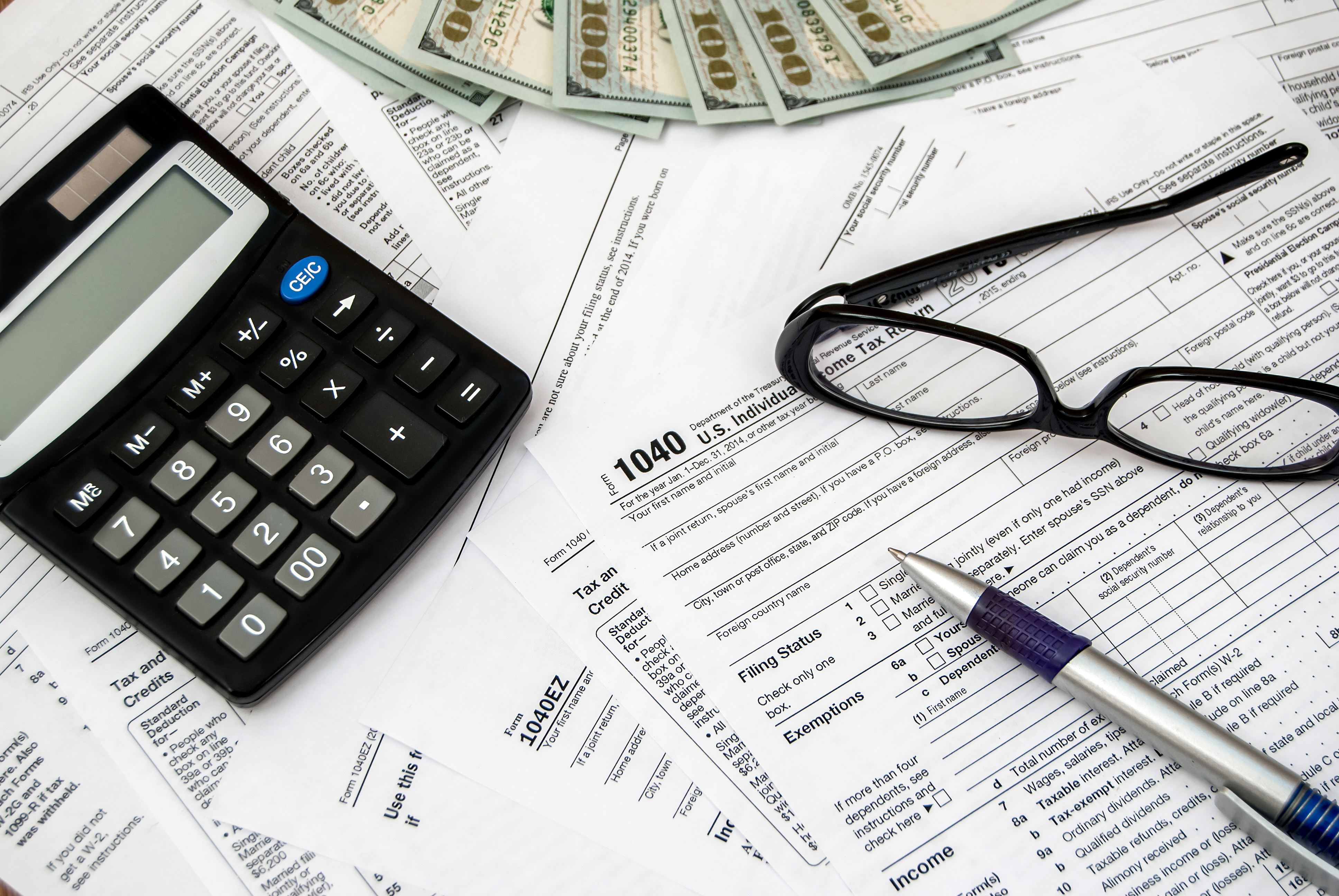There's a lot of math behind picking stocks, and with that, a lot of variables to consider. This is why it's so important to understand what a dependent variable is, what it does in an equation, and why you should pay attention to it. Read on to learn more about this concept.

What is a dependent variable?
When you're working on an equation -- any equation -- and there are multiple variables, some will be dependent variables. These variables are dependent on other inputs, meaning that those other inputs change the dependent variable in different ways.
Often, the dependent variable is the "answer" in a basic equation, but it can also be a part of a more complex statistical model that requires close attention to detail and an understanding of how each part of the model works together.
Dependent variable vs independent variable
As stated above, the dependent variable is literally dependent on the other parts of the equation -- the inputs define what becomes of the dependent variable. Put another way, the dependent variable isn't its own thing; it's a product of the environment in which it exists (the equation).
Independent variables, on the other hand, can cause changes to the dependent variable. They aren't changed by other parts of the equation, and are often taken from other places entirely. Independent variables, for example, can come from an earnings report or a balance sheet.
When the independent variable is changed, it's because you choose to change it. When a dependent variable changes, it's because something else in the equation changed. This is a good way to figure out what's acting and what's being acted on.
Examples of dependent variables
In our article about independent variables, we used a couple of common equations as examples of where independent variables exist in the equation. We're going to use the same ones to talk about the dependent variables, too, as a contrast.
Future value with compound interest
If you'd like to know what an investment could be worth in the future, with compound interest, you'd use this equation:
FV = PV x (1+r)^n
where:
FV = Future value
PV = Present value
r = interest rate per period
n = number of periods
In this relatively simple equation, FV is the dependent variable. Whatever you have for PV, r, and n will affect what FV comes out to be. You don't change FV yourself; it changes due to the independent variables that act as input to the equation.
P/E ratio
The P/E ratio also uses dependent variables, which are price and earnings per share (EPS). The equation is:
P/E ratio = Price / EPS
In this equation, the P/E ratio itself is the dependent variable. Because price and EPS can be literally anything, and changing them results in a change to the P/E ratio but nothing else, you know the P/E ratio is a dependent variable.
Related investing topics
Why dependent variables matter to investors
If you're more of a "vibes" investor, dependent variables might not matter to you. But if you're concerned with metrics and models, understanding how dependent variables work with independent ones can help you better understand the effects of changes to those independent variables. If independent variables are the gas pedal, the dependent variable is the car, and it'll go based on how you press that gas pedal.
For investors, modeling helps to better understand the risk each investment may represent, how an investment portfolio can grow over time, and allows investors to compare different investments. If you didn't understand how the dependent variable worked, it would be very hard to perform the proper analysis required for this kind of deep exploration.



















